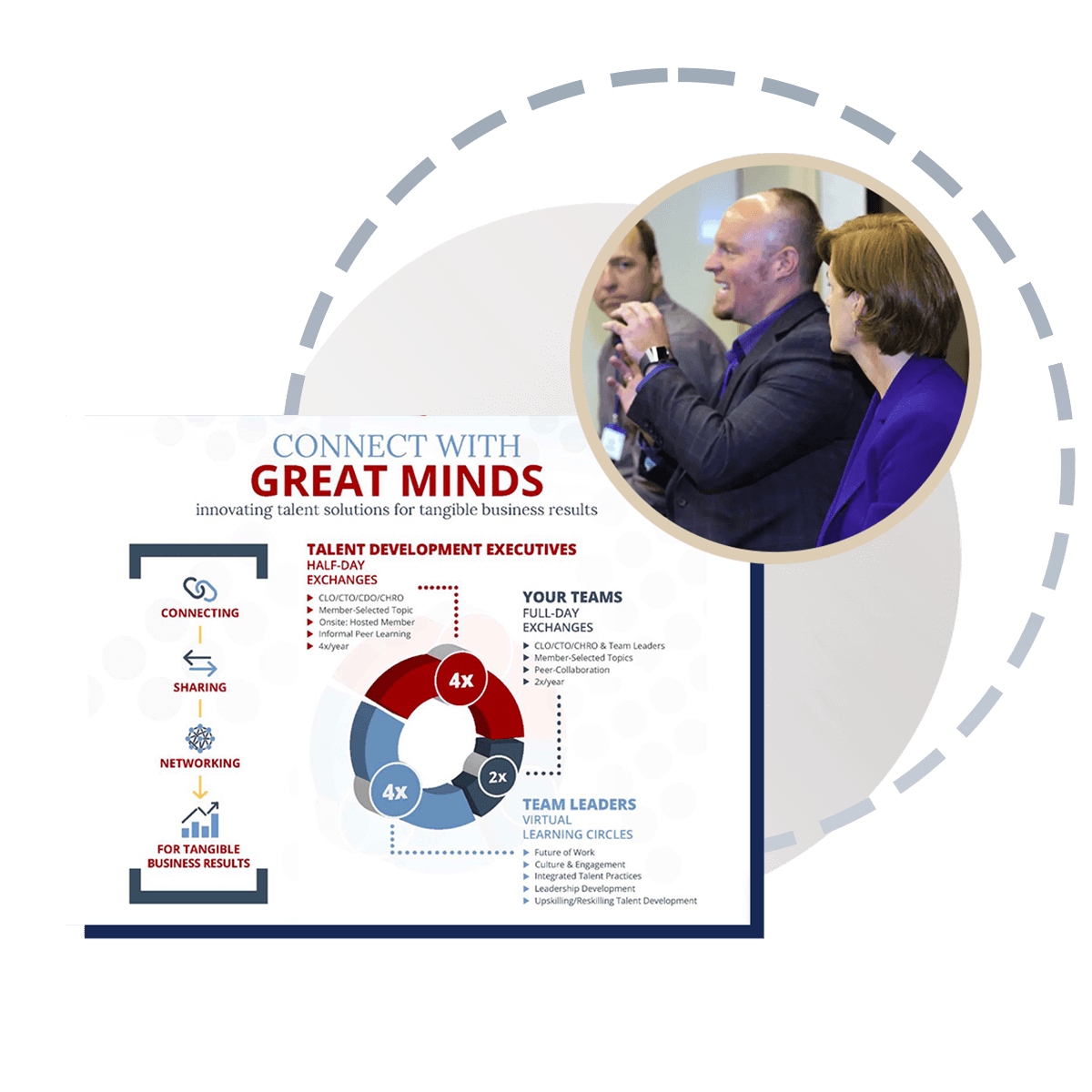This live discussion provided a compelling, data-driven look at how talent leaders can use assessments and behavioral analytics can drive agile
mindsets and support enterprise transformation.
“We weren’t just changing behaviors—we were holding people accountable to them. If you weren’t going to model the new culture, you might not stay.” -- Angie Zeigler
That one quote captured the clarity—and courage—required to shift culture from aspiration to reality. But it was also reinforced by the bigger picture:
“Engagement is just one of the many outcomes of culture—alongside productivity, quality, and intention to stay.” -- Cathleen Cooke, Human Synergistics
Her point is a critical reminder: engagement surveys alone don’t give you the full picture. To build a truly high-performing culture, talent leaders must look deeper—at the underlying norms, expectations, and systems shaping behavior. That’s where tools like the Organizational Cultural Inventory® (Human Synergistics’ OCI) come in, helping leaders measure and diagnose where to focus their efforts to make the biggest positive impact on your culture.
🔑 Key Takeaways for Talent Development Leaders
-
Culture is measurable. Tools like Human Synergistics’ Organizational Cultural Inventory (OCI)
make the invisible visible, enabling targeted interventions. -
Start at the top. Culture won’t shift unless your senior leaders model and are held accountable for the change.
-
Values ≠ behaviors (unless you operationalize them). Define behaviors clearly and embed them into hiring, development, and performance.
-
Don't stop at engagement. Culture influences everything from turnover to profitability—so build your case with broader data.
-
Sustained change needs many levers. One program won't fix culture. Think systemically: programs, processes, and accountability structures all matter.
🎯 Practical Actions You Can Take
-
Conduct an OCI or similar assessment to compare your ideal vs. current culture.
-
Launch leadership development programs tied directly to the cultural gaps identified.
-
Review your performance management process—does it reward the behaviors you want?
-
Audit hiring and onboarding practices to align with your target culture.
-
Track progress and share stories of change to build momentum and belief.
📈 Companies with thriving cultures grew 682% in revenue over 11 years.
Not because of a one-time initiative—but because they measured, aligned, and sustained their culture work.
For talent leaders, this is the opportunity—and the challenge: to become the architects of environments where people thrive and performance follows. Culture change isn’t a project. It’s a leadership discipline.
